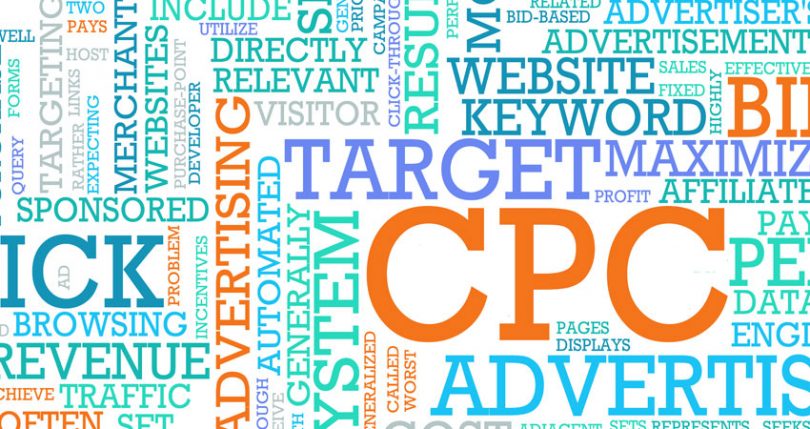Yesterday at the CES show in Las Vegas, Mediaocean revealed that its blockchain developed with IBM is currently live. Almost two dozen brands, agencies and tech partners are actively participating. The partnership was first announced in June 2018, with Kellogg, Kimberly-Clark, Pfizer and Unilever as the first big brands to sign up.
Mediaocean runs one of the leading advertising software platforms which powers $140 billion in ad spend per year.
So far the blockchain system logs transactions such as budget, authorization, orders, verification, invoices and payments. Soon participants will be able to monitor transactions on the blockchain including a consolidated audit journal.
Pain points
Although one would think that digital advertising would make transparency easier than traditional media buying, that’s not currently the case. Apart from the agencies themselves, other intermediaries like adtech platforms and inventory aggregators sit between the agencies and the publishers. Some estimate that all intermediaries take 50-60% of the ad spend. Not only is it costly but it’s hard to audit with so many layers.
A report by McKinsey last year points to concerns over media rebates. Agencies often receive volume bonuses or discounts from publishers and media companies. These rebates are typically not passed back to the advertiser. And the figures are substantial for digital advertising at 20-35 percent.
This failure to pass on rebates was uncovered by the Association of National Advertisers (ANA) in 2016. The ANA found a disconnect between the advertiser versus agency perspective. “Advertisers expressed a belief that their agencies were duty-bound to act in their best interest. Meanwhile, many agency executives interviewed said their relationship to advertisers was solely defined by the contract between the two parties.”
Blockchain tracks the contracts
If agencies believe that contracts are all that matter, then enabling complete transparency across all the different parties will help advertisers to see what’s happening.
The key is to be able to reconcile purchase orders to invoices and invoices to delivery. Blockchain can make that happen. Mediaocean sees blockchain having a role at the two different stages: logging agreements between advertiser and agency, and between agency and supplier.
From the latest Mediaocean announcement it appears the blockchain starting point has been between advertiser and agency. In theory that’s the easier part. Getting all the suppliers on board may prove harder. After all the advertiser’s aim is to maximize the spend that goes to publishers which by definition will mean squeezing the middlemen. On the other hand, if adtech providers and aggregators don’t come on board, blockchain-willing competitors could challenge them.
In a recent blog post, Mediaocean outlined how blockchains are transaction oriented whereas the media industry uses contracts. So to some extent, the blockchain treats campaigns and invoices as assets that are exchanged. Smart contracts can ensure that every transaction complies with the terms and conditions.
Mediaocean’s blockchain uses Hyperledger Fabric the permissioned enterprise blockchain that allows only authorized participants to see their relevant transactions. The IP of the blockchain application is owned by Mediaocean. The app in essence sits on top of IBM’s Blockchain Platform as a Service (PaaS).
Competition
The Mediaocean blockchain platform differentiated itself by starting with multiple big brands. Several other technology companies are working with blockchain. For example, the AdLedger consortium and the Interactive Advertising Bureau (IAB) both have blockchain initiatives. Comcast is working on a TV audience platform as are others in the video space. Some brands have already tested blockchain advertising platforms including Toyota and Budweiser owner AB InBev.






